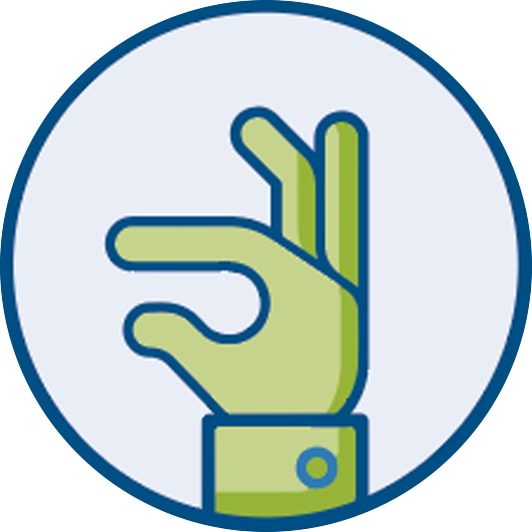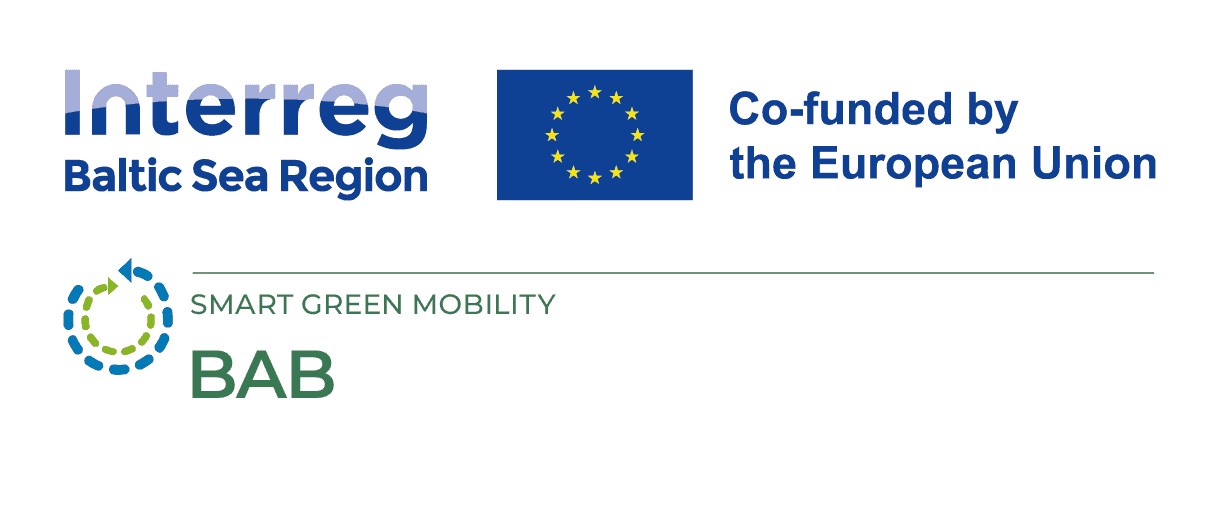
Route assessment in Finland
06 December 2024
Route Assessment of the Turku-Helsinki Section: From Finland’s Oldest City to Its Buzzing Capital
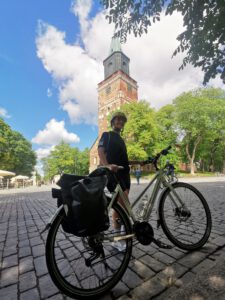
BAB project manager Heidi Heikkilä at start of the Eurovelo10 route assessment journey in Turku
The 255-kilometer cycling route from Turku to Helsinki is a journey through the heart of Finland’s coastal heritage. In collaboration with the European Cyclists’ Federation (ECF), this section was evaluated for functionality, scenic appeal, and accessibility, revealing a route that winds through historic ironwork villages, lush countryside, and lively urban areas, offering an immersive experience for cyclists. This route was divided into seven daily segments, allowing cyclists to experience the best of southern Finland in manageable portions:
- Turku – Paimio (32 km)
- Paimio – Salo (29 km)
- Salo – Mathildedal (26 km)
- Mathildedal – Tammisaari (52 km)
- Ekenäs – Ingå (45 km, 470 m)
- Ingå – Kirkkonummi (39 km, 317 m)
- Kirkkonummi – Helsinki city center (41 km, 230 m)
Along this coastal stretch, riders enjoy a range of cultural and natural attractions that reflect Finland’s coastal charm and historical legacy, from the oldest city of Turku to the vibrant capital of Helsinki.
Functionality and Cyclist Experience
The assessment focused on the alignment of the GPX track with newly installed signposts, the quality of the riding surface, and the availability of services along the route. A significant portion of the route follows rural roads, where cyclists share the curb with mixed traffic on both paved and gravel surfaces. The peaceful rural environment, combined with the low traffic volume, makes this ride generally pleasant. However, the sparsely populated areas lack essential services like rest stops and toilets, so cyclists should be prepared to carry essentials. The rolling hills and gravel sections add a layer of challenge, making this route best suited for regular or experienced cyclists.
Urban areas, particularly around Turku and Helsinki, provide safer, separate cycling or cycling-and-pedestrian lanes, enhancing safety amidst busier traffic. While these lanes are ideal for safe transit through cities, they don’t always offer the most scenic routes, especially where large-scale roadworks can disrupt the cycling experience. Riders seeking smoother transitions into urban centers may find these disruptions particularly noticeable in the vast Helsinki region.
Scenic and Cultural Highlights
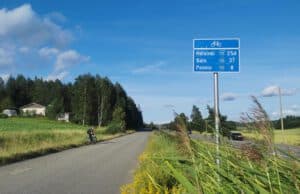
This route traverses two major urban areas, Turku and Helsinki, and a variety of smaller, attractive destinations along the way. The Finnish coastline is touristic by nature, and many sections end in areas with historical sites, beaches, and recreational activities. Popular stops can be crowded during the summer months, especially in July, and may not always accommodate one-night stays, so early planning is recommended for those traveling in peak season.
Each segment offers unique insights into Finnish culture and history. Turku, Finland’s oldest city, charms with its medieval architecture and historic aura, while Ekenäs and Ingå provide views of quaint towns with coastal heritage. Mathildedal and Fagervik, both steeped in the legacy of Finland’s ironworks villages, are notable for their historic buildings and artisanal shops. The final stretch into Helsinki takes cyclists through the ever-developing urban landscape, offering a dynamic contrast to the preceding countryside.
Signage and Navigation
Most of the route follows the GPX track closely, though some irregularities were noted, especially in the Helsinki metropolitan area, where missing or inconsistent signposts can make navigation challenging. The Espoo-Helsinki segment lacks consistent signposting, and even where signage exists, it occasionally diverges from the GPX route. Efforts are underway to address these issues, with municipalities coordinating to improve signage and optimize the route’s appeal for both locals and visitors. Potential enhancements include highlighting major attractions and ensuring that signposting aligns more accurately with GPS guidance.
Public Transport and Connectivity
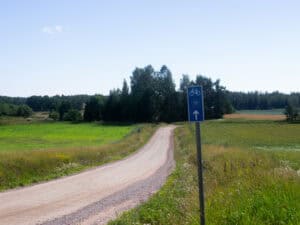
The route is well-supported by public transport, making it easier for cyclists to navigate this scenic region. Most daily sections connect to train stations, and bicycles can be taken aboard Finnish trains with pre-booking or, depending on the type of train, without any reservation. In urban areas like Turku, Salo, and Helsinki, regional and local buses allow bikes onboard, though availability cannot be guaranteed in peak times. Internationally, frequent ferry services link Turku and Helsinki to Sweden, Estonia, and Germany, and cyclists can board these ferries to extend their journey beyond Finland’s borders. With airports in Helsinki and Turku, this route offers seamless connections to the wider Baltic region, making it easy for EuroVelo 10 riders to explore neighboring countries during the same trip.
An Unforgettable Finnish Adventure
The Turku-Helsinki route combines the excitement of urban landscapes with the peace and charm of the Finnish countryside, weaving through rolling hills, historic towns, and scenic coastlines. Cyclists can enjoy a range of experiences, from exploring Finland’s oldest city to relaxing in small coastal towns and bustling city centers. For those looking to experience the best of Finland on two wheels, this route offers a memorable journey through one of Europe’s most scenic and culturally rich regions.



